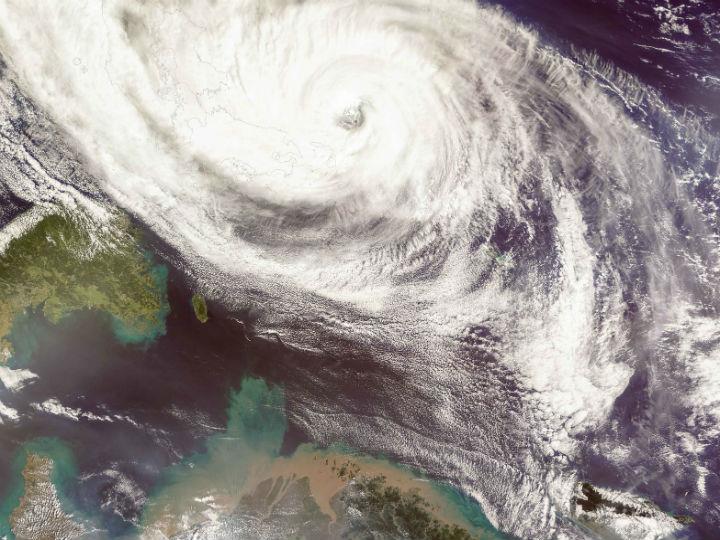by John Scott*
For many, June was a time to rejoice at the start of summer. But for a large number of communities around the world, it signified the beginning of a potentially deadly period of hurricanes and monsoons, droughts and heatwaves.
Over the next six months, these communities will undergo an annual ritual of monitoring weather forecasts and satellite images of cyclones and other extreme weather phenomena.
But this year they will have to contend with the added challenge and distraction of a global pandemic. And with stretched resources and stressed supply-chains, it will likely hamper their preparations and any post-event response.
The unexpected outbreak of COVID-19 has compromised critical infrastructure, including emergency and health services, and left societies, industries and governments overwhelmed.
This all means a relatively small natural hazard event could place disproportionate stress on an already-stressed system. Preparation is more important than ever.
A five-step planning approach
As set out in Zurich’s whitepaper, Managing the impacts of climate change: risk management responses – second edition, there are five recommended preparation steps for businesses to take.
Step one is to identify your broad business and strategic risks. This requires a detailed analysis of the entire business’s operations, such as understanding major revenue streams, and the value chains of the network.
During the Thai floods in 2011, vulnerability was exposed at a regional level when the wider world realised that Thailand is a major supplier of microchips. Lower-tier suppliers were abruptly impacted, which left other businesses unable to continue their operations.
It highlighted the importance of businesses understanding every level of their operations and the need to treat low probability, high-impact events with the same level of risk management rigour as high-frequency events.
Step two requires a more granular approach by planning at each business location or site. This includes defining an emergency response team, identifying local authorities responsible for monitoring events, and determining the critical points of local value (local infrastructure and utilities) and supply chains.
Step three is preparing a location when an event is imminent and getting the assigned people onsite to ensure a safe shutdown of operations. But COVID-19 will make this step more demanding.
Procuring items such as sandbags to manage flooding and assembling a human workforce to undertake preparation is going to be a lot more difficult due to supply-chain disruption and a fear of contamination. Business owners who temporarily shuttered their facilities during lockdowns, meanwhile, may be unable to adequately prepare their buildings to repel the damaging wind and water of an approaching storm.
Step four guides businesses through a location response plan. Again, COVID-19 adds another layer of complexity, particularly when it comes to evacuation. Take Cyclone Amphan, for example. When it unleashed extreme winds, flooding and storm surge on the Rohingya refugees and other vulnerable communities in the Bay of Bengal, people naturally gathered on higher ground. But they walked into another potential hazard: crowded relief centres, which are a breeding ground for COVID-19.
Step five deals with location recovery. But in the current situation, this could be the most challenging.
Emergency workers, contractors, vendors and insurance professionals will need to coordinate with property owners and each other to avoid coming into close physical contact and potentially spreading COVID-19.
And will there be enough personal protective equipment (PPE) for everyone? Will travel restrictions prevent essential personnel from making the trip? Will there be enough lodging for everyone? And how will efforts to clean, repair and rebuild damaged property be conducted?
This year’s season of extreme weather is already underway, requiring businesses to act now. But it’s not too late to re-evaluate the first steps of the five-step strategy as the situation is constantly evolving. What organizations need to do is to learn how to be more agile in these kinds of situations. We’re nowhere near the end of the COVID-19 crisis, so it’s never too late to start revamping and revising your strategy.
*Head of Sustainability Risk, Zurich Insurance Group
**first published in: www.weforum.org




 By: N. Peter Kramer
By: N. Peter Kramer
